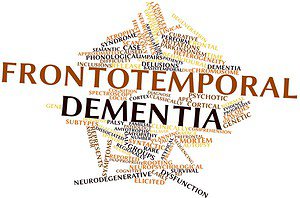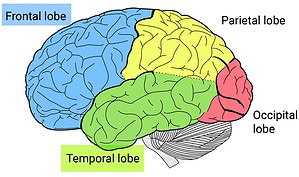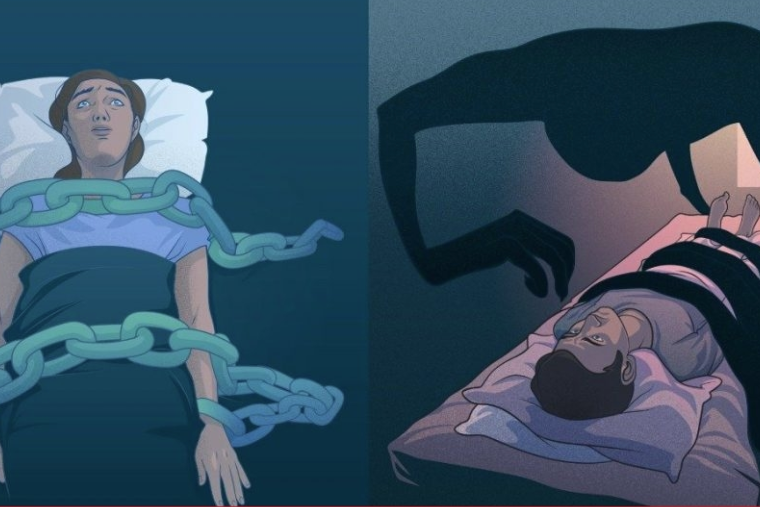A Call to Action on Rare Disease Day 2024
Following a stint at one of the world’s leading biopharmaceutical companies, I became exposed to frontotemporal dementia (FTD) and its associated challenges. In a world where Alzheimer’s disease often takes center stage in discussions about dementia, my eyes were opened to the lesser-known but equally impactful FTD. The catalyst for this exploration was an eye-opening article from The New York Times, titled “The Vanishing Family,” which shed light on the unique challenges faced by a family where a 50-50 chance of middle-age dementia diagnosis looms over different generations. Additionally, the recent diagnoses of Wendy Williams and Bruce Willis have brought FTD into the public eye, prompting a closer look at the research behind this enigmatic condition.
As an avid researcher, my journey into FTD began with a quest for knowledge and a desire to contribute to the understanding and treatment of rare diseases. Frontotemporal dementia, with its unique challenges and varied manifestations, presents an intriguing puzzle for researchers. From genetic factors contributing to familial forms of FTD to the exploration of potential therapeutic avenues, the research community is actively working towards unraveling the complexities of this condition.
 What exactly is Frontotemporal Dementia?
What exactly is Frontotemporal Dementia?
According to Alzheimer’s Research UK, FTD is a collective term encompassing a set of disorders characterized by the accumulation of tau and other proteins that lead to the degeneration of brain cells. Specifically, these protein deposits affect the frontal lobes (situated behind the forehead) and temporal lobes (positioned behind the ears) of the brain. Typically manifesting between the ages of 45 and 64, FTD represents a form of dementia with distinct neurological implications, impacting cognitive functions associated with these specific brain regions. The National Institute on Ageing states that individuals with behavioral FTD may struggle with recollection, planning, sequencing, and setting priorities. They may repeat the same action or remark, lose interest in life, and behave erratically, resulting in the use of inappropriate language or humiliating behavior.
 Notably, there is currently no cure or means to slow down the disorder. However, speech therapy can be helpful. Speaking to a doctor is of utmost importance.
Notably, there is currently no cure or means to slow down the disorder. However, speech therapy can be helpful. Speaking to a doctor is of utmost importance.
Frontotemporal dementia may be a lesser-known entity in the realm of dementia. Still, the stories of families like “The Vanishing Family” and the public disclosures by individuals like Wendy Williams and Bruce Willis have brought it to the forefront. We can all work together to create a better future for people and families dealing with difficult conditions by increasing awareness, fostering collaboration, and advocating for those living with challenging conditions.
On Rare Disease Day 2024, we are raising awareness and generating change for the 300 million people living with a rare disease, their families, and carers worldwide.
Featured Image Sources: Health Jade and Discovery Senior Living
References:
Budson, A. E. (2023, February 22). What is frontotemporal dementia?. Harvard Health. https://www.health.harvard.edu/blog/what-is-frontotemporal-dementia-202302222894



